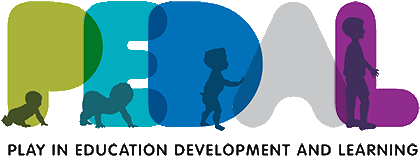This paper proposes that make-believe play expresses the young child’s emerging capacity to engage in counterfactual or would-be thinking. Three important developments enable preschoolers to create joint make-believe worlds with others: the ability to (1) manage multiple roles as playwrights and actors, (2) invent novel plots, and (3) deliberately blur the boundary between reality and pretense. Given that joint make-believe play turns out to be such a complex representational activity, the question about its function raises itself more insistently than ever. Of the many social and cognitive functions that have been proposed, emotional mastery is the only one that could not equally be exercised in nonpretend contexts. There is evidence, however, that in nonclinical settings the well-adjusted, secure children are most able to benefit from the opportunity for emotional mastery offered by sociodramatic play, whereas less-well-adjusted, insecure children are not. This has important implications for the design of play interventions.
